
We all love cookies, but some people like it crunch and others prefer it chewy and gooey. The difference between the two is the moisture. Gooey cookies can be so hard to achieve, so we have put together some tips you can follow to make soft, chewy, mouth-watering cookies!
- Always use butter
Butter creates a richer and fluffier dough, which is how your cookies end up melting in your mouth. We recommend using pure butter, with no added sunflower or vegetable oils. These are butters that are promoted as ‘spreadable’. To be able to control the salt level, use unsalted butter.
- Choosing the right sugar
There are many times of sugars that affect the result of your cookie, so choose wisely on which sugar to use as this can affect the flavour, colour and depth of your cookie.
- Light Brown Soft Sugar
Unrefined sugars retain more of their nutrients. Cookie recipes will generally mix white caster sugar and light brown soft sugar, which go together very well to create a cookie that has a soft texture and a caramelised flavour.
- Dark Brown Soft Sugar
When the sugar is darker, the cookie will have more flavour.
- Light Brown Sugar
This will create a chewy centre, perfect for a soft cookie.
- Granulated Sugar
Mix this in equal parts with caster sugar to add a greater crunch and a more biscuit like finish.
- White Caster Sugar
This fine sugar will add sweetness.
- Golden Caster Sugar
This sugar has a slightly more caramel flavour due to its darker colour and is a great replacement for white caster sugar, if you are aiming for a cookie with a caramelised flavour.
- Light Brown Soft Sugar
- Add Molasses or Honey to your Cookies
Adding a tablespoon of molasses or honey to your cookie dough will increase the cookies moisture content, which will give a soft and chewy texture. It is important to know that if you add multiple tablespoons of liquid sweetener will make your cookies runny. One tablespoon is enough.
- Substitute an egg white for an egg yolk
Yolks have more fat than egg whites, increasing the fat content of your cookies and keeping them moist.
- Baking powder over Baking soda
Baking powder has more acid than baking soda, which means your cookies will spread less. This prevents excess moisture loss as the cookie gets thinner.
- Melt your butter
Majority of cookie recipes suggest to keep butter out of the fridge as it mixes well with dry ingredients. However, if you prefect a chewier cookie, we recommend melting your butter before mixing. This is because the water and fat molecules separate when butter is melted, which helps to form more elastic and chewier bonds with the flour proteins.
- Do not over mix the dough
Over – mixing the dough adds too much air and makes a puffier cookie.
- Shaping the cookie
Cookies are best rolled into balls around the size of golf balls and gently pressed onto the tray.
- Avoid over – cooking
If the cookie is golden brown and the edges are just set, you can take them out. Taking out the cookies from the oven a minute earlier than you think is recommended as they continue to cook and will harden and crisp up on cooling.
- Put the cookie dough in the fridge before baking
Chilling the dough in the fridge makes some water evaporate from your cookies, giving your dough a higher sugar content. This slightly higher sugar content will keep cookies moist and chewy. We recommend you leave your dough in the fridge for at least an hour, but the longer you do, the chewier the cookie. Professional bakers often chill their dough for several days to get the extremely chewy texture.
Follow these tips and you will have a delicious, chewy and mouth watering cookie! Make sure to tag @pmecake on instagram so we can see your creations!
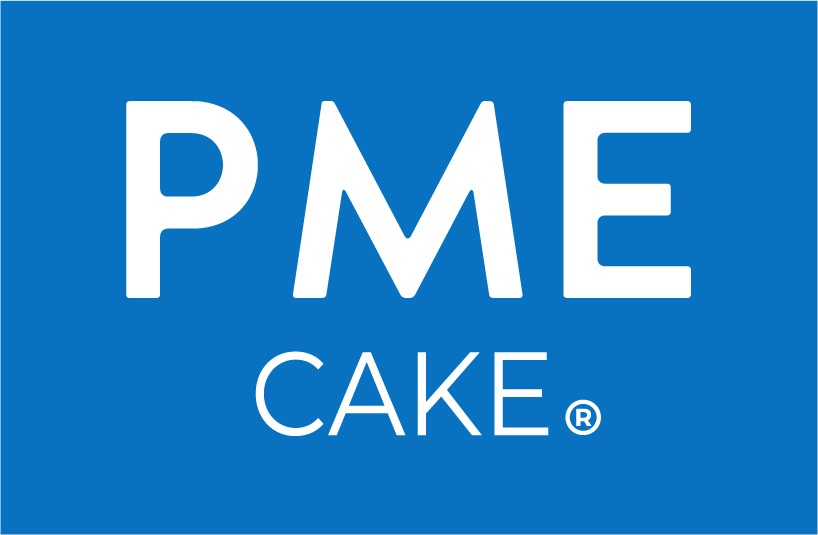
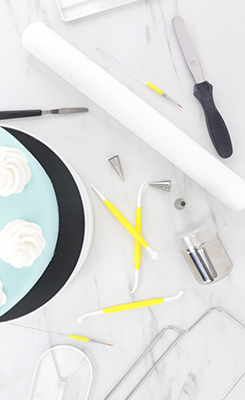
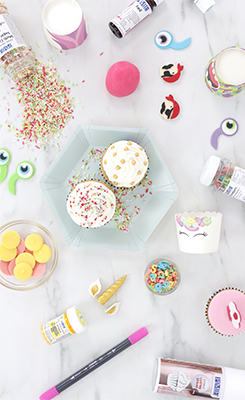
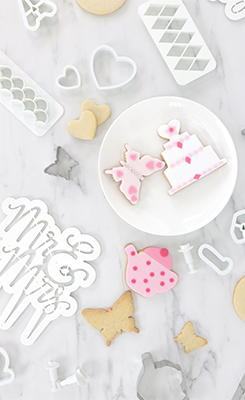
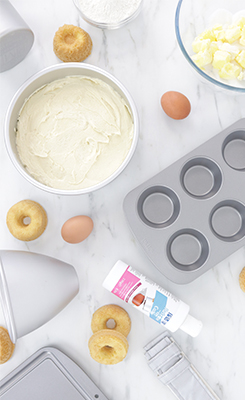
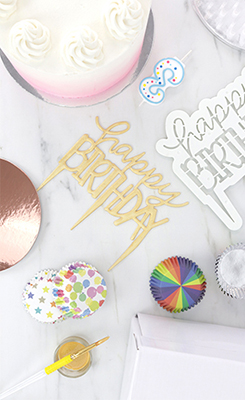
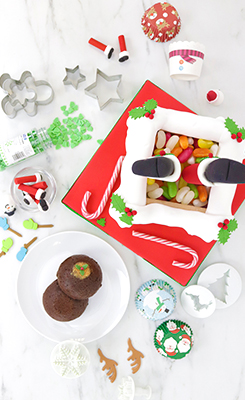
_2022044-140204.jpg)
 Kostenlose Lieferung über 70€
Kostenlose Lieferung über 70€
 Torte. Backen. Feiern!
Torte. Backen. Feiern!
 Lernen mit PME Unterricht
Lernen mit PME Unterricht